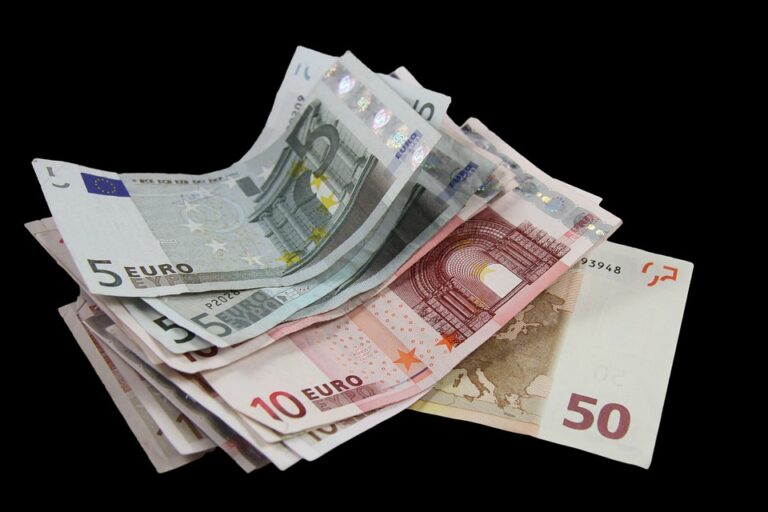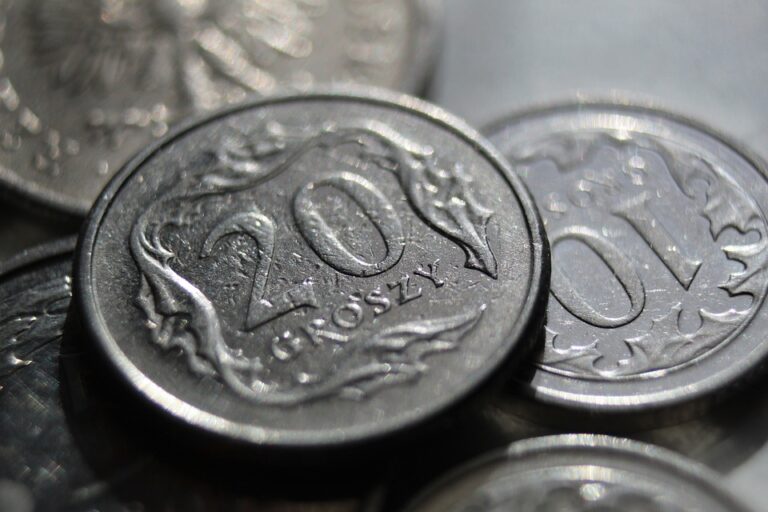Last updated Mar. 17, 2025 by Charles Zemub
Predicting how much the Federal Reserve (Fed) will raise interest rates in 2025 is no mean feat. It involves an analysis of myriad economic indicators, geopolitical developments, and monetary policy frameworks that guide the Fed’s decisions. This undertaking requires the synthesis of historical data, present conditions, and potential future scenarios impacting U.S. and global economic health. This article delves into these factors to speculate on the Fed’s interest rate trajectory come 2025.
The Role of the Federal Reserve
Before delving into future predictions, it’s essential to understand the Fed’s role in the U.S. economy. The Federal Reserve, established in 1913, is the central banking system of the United States, primarily responsible for conducting national monetary policy by influencing money and credit conditions to achieve stable prices and maximum sustainable employment.
Interest rates are one of the key tools the Fed employs to control economic activity. By manipulating these rates, the Fed can either spur economic growth or slow it down. During recessionary periods, the Fed typically lowers interest rates to encourage borrowing and investment. Conversely, during periods of economic overheating, the Fed may raise rates to temper inflation.
Recent Trends and Decisions
2022-2024: Historical Context
The years leading up to 2025 are particularly enlightening as they set the stage for future monetary policy. The global economy in 2022 and 2023 grappled with several challenges, including supply chain disruptions, the lingering effects of the COVID-19 pandemic, heightened geopolitical tensions, and inflationary pressures. As a response, the Fed engaged in a series of interest rate hikes, motivated primarily by the need to curb inflation, which reached levels not seen in decades.
Inflation and Employment
Two primary factors guiding the Fed’s interest rate decisions are inflation and employment levels. The objective of keeping inflation around the 2% mark has seen the Fed adopting a hawkish stance, especially through 2023 and 2024. Employment figures also play a critical role, as full employment is part of the Fed’s dual mandate.
Projecting into 2025: Key Considerations
Economic Growth Projections
Barring unforeseen global disruptions, moderate economic growth is anticipated into 2025. However, numerous factors might compel the Fed to either increase or maintain rates. These include:
-
Inflation Trends: Should inflation stabilize at a low level, the Fed might have little reason to raise rates significantly. Conversely, if inflationary pressures persist, hikes could be more aggressive.
-
Labor Market: A tight labor market could exert upward wage pressures, influencing inflation and, thus, interest rate decisions.
- Global Market Conditions: Economic conditions in major economies, such as China and the EU, will affect U.S. monetary policy. A global recession, for example, might lead to a more cautious approach by the Fed.
Financial Stability Concerns
Beyond traditional metrics like inflation and employment, the Fed also considers broader financial stability concerns. In recent years, rising asset prices have led to concerns about bubbles. If asset valuations appear frothy, the Fed might choose to raise rates to prevent excessive risk-taking.
Governing Body and Policy Orientation
The composition of the Federal Open Market Committee (FOMC) and its policy orientation will also influence rate decisions. Changes in key personnel can potentially shift policy stances from dovish to hawkish or vice versa.
Possible Scenarios for 2025
-
Conservative Increase: In a balanced economic environment, characterized by moderate growth and controlled inflation, the Fed might opt for conservative rate increases. This would gently normalize rates without stalling economic growth.
-
Aggressive Hikes: If inflation proves stubborn or if financial markets signal overheating, the Fed could resort to more aggressive hikes to anchor expectations and ensure stability.
- Neutral or Lower Rates: Conversely, if economic conditions deteriorate or if a strong global downturn occurs, the Fed might hold rates steady or even cut them to stimulate economic activity.
Conclusion
In summary, multiple factors will influence the Federal Reserve’s decision on interest rates in 2025. While predictions must remain speculative due to the volatile nature of economic indicators and global factors, a careful analysis points towards several potential scenarios. The Fed’s balancing act involves carefully calibrating policy to support growth while maintaining price stability.
✓ Short Answer
The Federal Reserve’s decision on interest rates in 2025 will depend on a range of factors, including inflation trends, employment data, global economic conditions, and the overall financial stability of markets. While it’s challenging to predict exact figures, moderate rate increases seem likely, contingent on maintaining economic balance and controlling any lingering inflationary pressures. The Fed may adopt a more aggressive stance if inflation persists, or it might hold rates steady if growth falters, with a focus on ensuring both stable prices and maximum sustainable employment.
FAQs
1. Why does the Fed adjust interest rates?
The Fed adjusts interest rates to manage economic growth, control inflation, and maintain employment levels. Lower rates encourage borrowing and spending, while higher rates help cool down excessive inflation and economic overheating.
2. How does inflation affect interest rate decisions?
Inflation erodes purchasing power, so the Fed raises interest rates to combat high inflation. Higher interest rates tend to reduce consumer spending and investment, thus helping to control price increases.
3. What role does employment play in Fed rate decisions?
Employment levels influence the Fed’s rate decisions since full employment is part of its dual mandate. High employment generally leads to increased consumer spending, which can affect inflation and economic growth.
4. How often does the Fed meet to discuss interest rates?
The Federal Open Market Committee (FOMC) meets eight times a year to discuss and set monetary policy, including interest rates. These meetings assess economic conditions and adjust policy as needed.
5. What could cause the Fed to lower rates in 2025?
The Fed might lower rates if economic growth slows, unemployment rises, or if there are significant global economic disruptions. Such conditions would typically prompt efforts to stimulate the economy.


